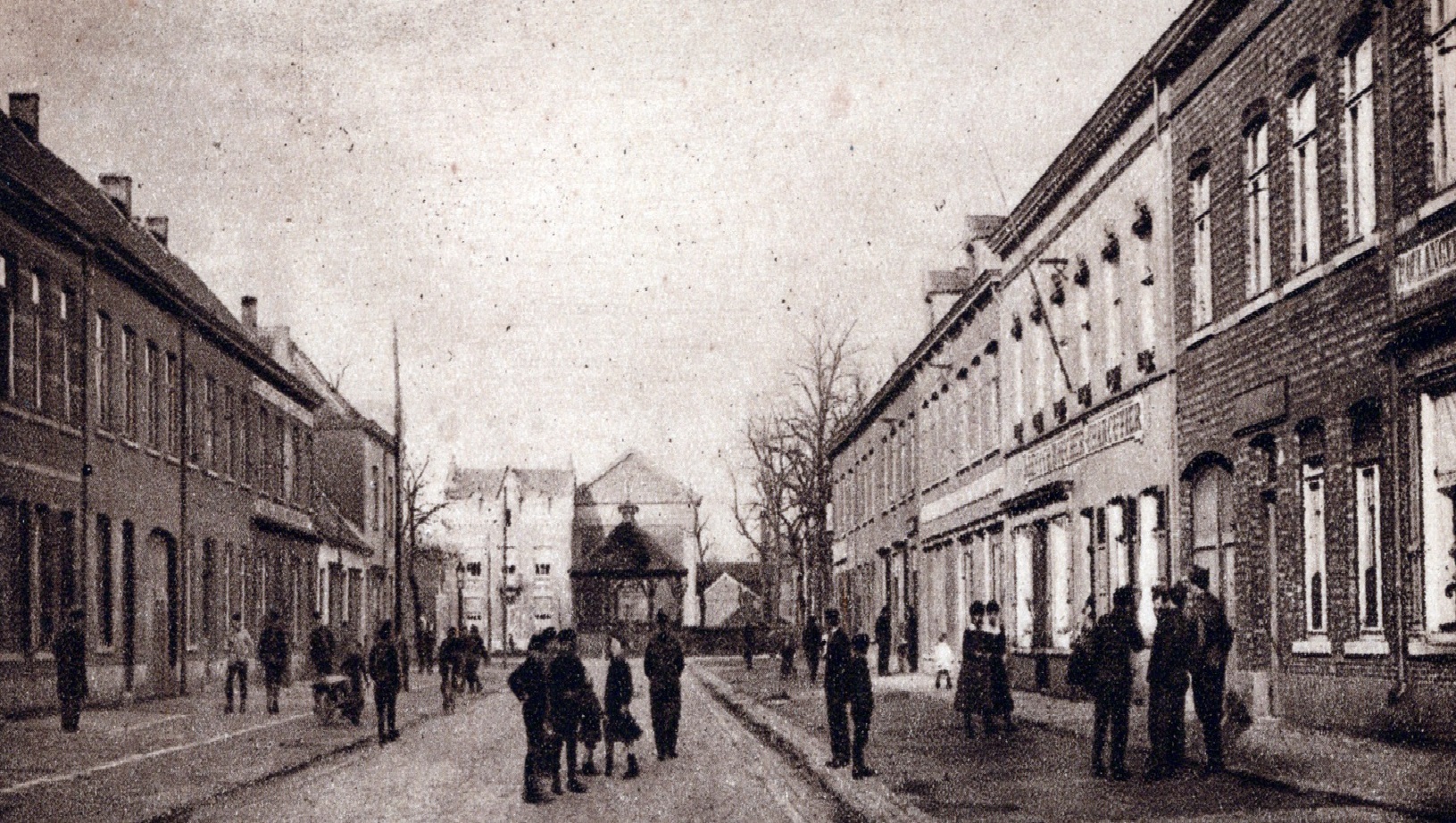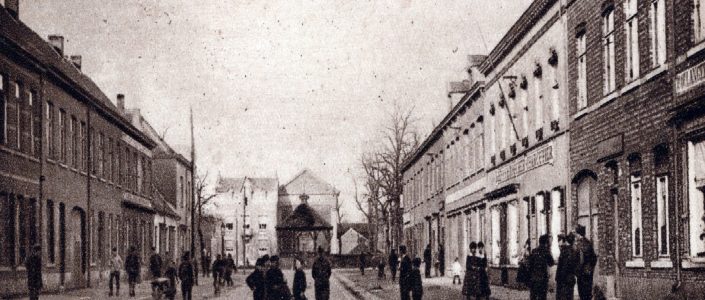A number of streets and squares were renamed to pay tribute to mayors, heroes, benefactors and colonials of the municipality. This list is certainly not yet complete. Some streets of Leopoldsburg are NOT included in this list because they fall under the Camp of Beverlo. So don’t hesitate to view that list too. If you still know a street, or have found a mistake, don’t hesitate and let me know via the contact form.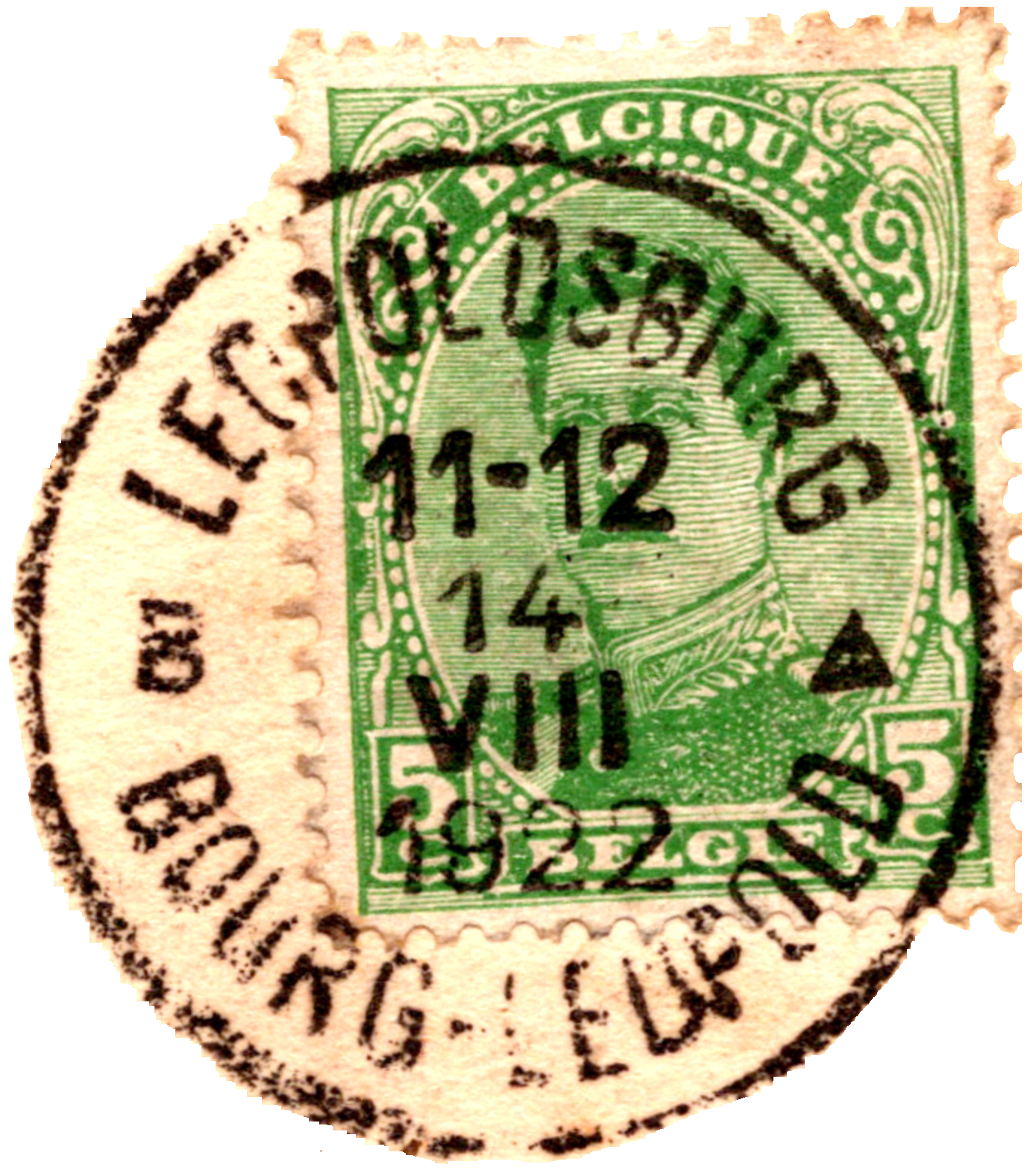
If there is a stamp under the street name, you can click on it to see a number of old postcards.
Street name | Information | _____________ |
|---|---|---|
 | Florent De Keyser, born in Bierbeek on April 11, 1897, was in 1940 Warrent Officer (adjudant) of the police in Leopoldsburg. In 1944 he was arrested by the Germans as an agent with the secret service ‘Marc’. After a stay of 5 years in the prison of Sint-Gillis (Brussels) he was deported to Germany. Warrent Officer De Keyser died in the concentration camp ‘Groß-Rosen’ on December 11, 1944. | 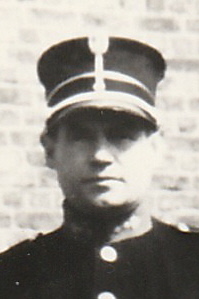 |
 | The Bergstraat (Hillstreet) is located at the Zandberg (Sandhill). The back of the Zandberg used to be of reasonable height. It was a part of the dunes which reached from Hechtel over the Military Domain to ‘het Geleeg’. | 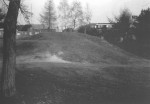 |
 | Pieter Bruegel de Oudere (the old), born ca. 1525 and deceased in Brussels on September 5 1569. According to Carel Mander he was tought by Pieter Coecke van Aelst and Hiëronymus Cock, in Antwerp. He travelled in France, from the Swiss Alps to Italy; visited Rome, Napels, Messina and returned to Antwerp in 1553. After 1560 he moved to Brussels. He got married with Mayken Coecke, daughter of Pieter Coecke van Aelst and later with Maria Verhulst, alias Bessemers.The artistic career of Pieter Bruegel has been short. About fifty paintings of him are known. Most of them are signed and dated, the earliest are from the time he returned from Italy, although some were drawn before are during the trip. In these you can already see the great landscape painter he’ll become. | 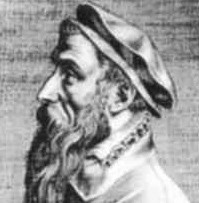 |
 | A son of Charles Caïmo’s second marriage, Hypoliet, became a soldier. As lieutenant in the Artillery he went to the former Belgian Colony Congo. He died there in 1896. The Caïmolaan was named after him. | |
 | Named after Evariste Couwenbergh mayor of Leopoldsburg of June 30, 1898 to May 3, 1907. He was born in Diest on March 12, 1829 and died on May 3, 1907. | 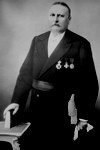 |
 | Paul Delvaux was born in Antheit on September 23, 1897 and deceased in Veurne on July 20 1994. He was a belgian painter and drawer, he studied at the Brussels Academy and his first works were realistic compositions (figures and landscapes). Around 1936 he started to make paintings which ware classical of shape and surrealistic in spirit. This under the influence of René Magritte and Giorgio de Chirico. Delvauxs’ work can be found in the 'Koninklijke Musea voor Schone Kunsten van België' in Brussels, the 'Koninklijk Museum voor Schone Kunsten' in Antwerp, the museum of the 'Stichting Paul Delvaux' in Sint-Idesbald (Koksijde), the 'Musée des Beaux-Arts' in Bergen (Mons), the Museum 'Boijmans Van Beuningen' in Rotterdam, the Tate Gallery in London, the 'Niedersächsisches Landesmuseum' in Hannover and in het Museum of Modern Art in New York. | 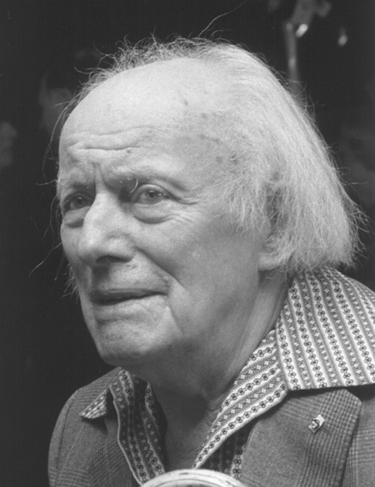 |
 | Elie François Hellenbosch was the fourth mayor of Leopoldsburg (24/04/1885 until 1891). He was born in Diest on December 1, 1843 and died in Leopoldsburg on August 28, 1910. | |
 | Emile Verhaeren (Sint-Amands, May 21, 1855 - Rouen (France), November 27, 1916) was a French-speaking Belgian author and a representative of Symbolism. He was a poet, wrote short stories, art criticism and drama. His work has been translated into 28 languages (including English, Russian, German, Chinese and Japanese). Verhaeren made his debut in 1883 with Les Flamandes, a naturalistic collection inspired by the voluptuous scenes from Flemish painting of the 16th and 17th centuries. In 1886 Les Moines follows in the sphere of religious mysticism. From 1888 to 1891 he published his black trilogy: Les Soirs (1888), Les Débâcles (1888) and Flambeaux noirs (1891). The bundles, published bibliophile by Edmond Deman in Brussels, bathe in the dark, fin-de-siècle atmosphere of melancholy and self-torment. These are the years when Verhaeren suffers from neurasthenia. As you can see, his first name was incorrectly written in the street name! | 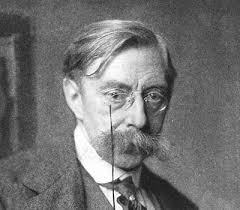 |
| Baker Englebert Adang was since 1870 town councillor and in 1882 he was elected as alderman. He was a member of the ‘library of the people’ an the ‘office of prosperity’. After his death in 1884 he left half of his belongings to the ‘office of prosperity’ by wil. To honour this the former Noorderlaan was renamed to Englebert Adanglaan. | ||
 | James Ensor was born in Ostend on April 13 1860 and died there on November 19 1949. He was a belgian painter, drawer and etcherand an important representative of symbolism. As the son of a british father and belgian mother he grew up in a suburban enviroment; his grandmother had a little souvenirshop, which inspired him to make his stil lifes and masks. Ensor also was a portraitist, caricaturist and a masterful drawer and etcher. | 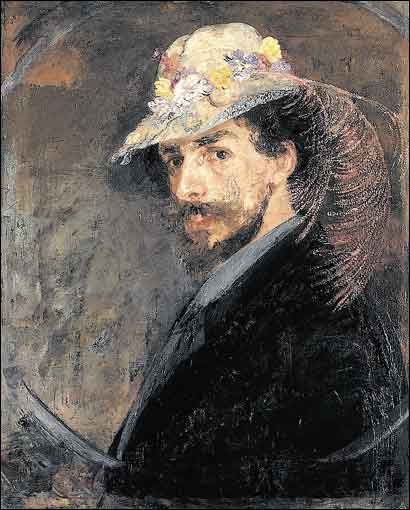 |
 | FAYT Leon ° Rouvroy 06-07-1873 was Major of the Engineer in the Camp of Beverlo. His family also came to Leopoldsburg on 11/19/1919. However, they were not able to settle here and returned to Mons in 1920. Fayt owned several plots of heathland on 't Geleeg. He gave it to the municipality of Bourg-Léopold. The municipality officially accepted this on January 15, 1938. | |
 | Ferdinand Van Bael was born in Genk on November 18, 1921. The young Fernand died on December 8, 1944 in the concentration camp ‘Groß-Rosen’ in Germany. | 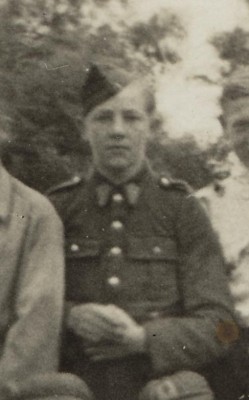 |
 | Gaston Oeyen was mayor of Leopoldsburg from 16/12/1947 to 31/12/1970 | 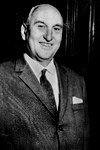 |
 | General de Krahe was one of the most beloved commanders of Infantry School. He was also one of the founders of the glorious ‘Grenswielrijdersbataljon’ (Border Cyclists Battalion). | 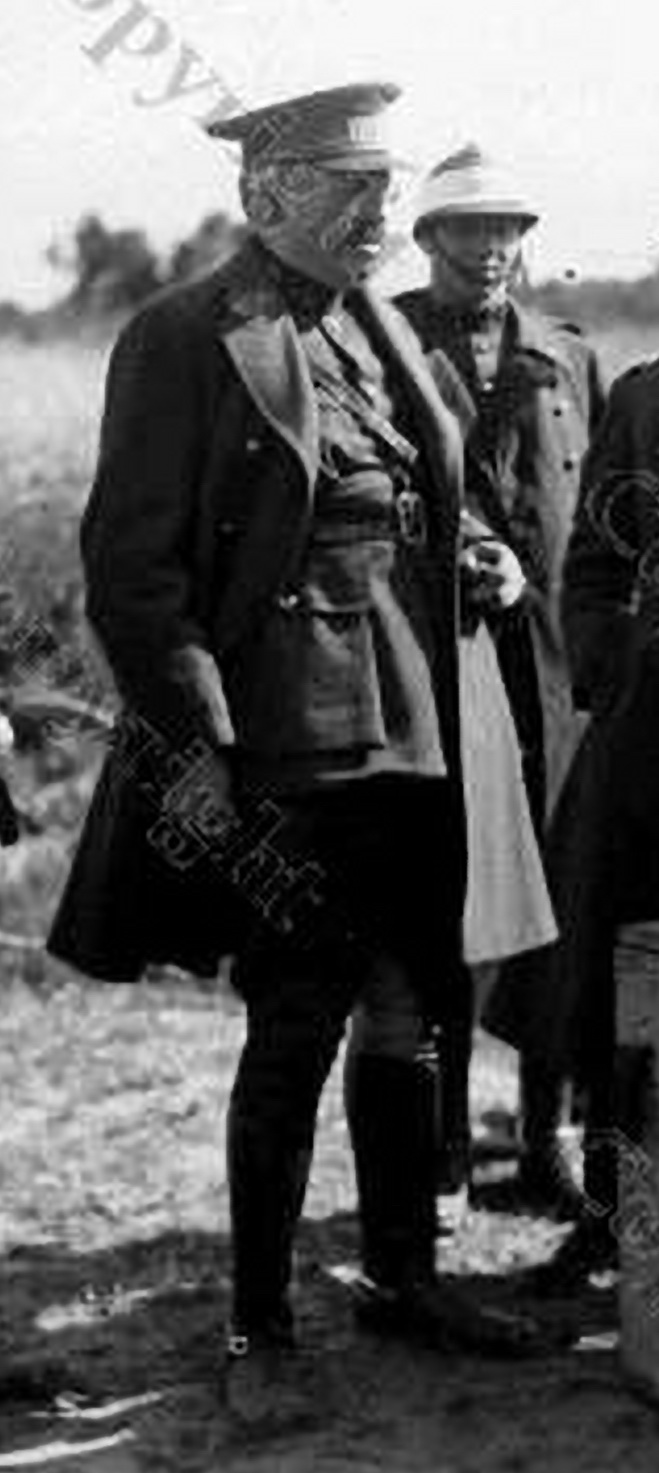 |
  | Gérard Mathieu Joseph Georges Leman was born in Liège on January 8 1851 and died there on October 17 1920. During his military career as an officer, he was the taskmaster of His Majesty King I. He was responsible of the military education of the King. During World War I he was the commander of the forts of Liège. He was determined to stop and delay the German push as long as possible. In the build-up to this worldconflict he had over 18.000 workers, from the region of the sparkling city, working on the defence. For these works he got a warning finger on a ministerial level, because he caused the Belgian neutrality to end up. ‘In case of war this land will be extremely grateful, shouldn’t there be one you can get my stars’ was his laconic answer. The forts proved their usefulness and could only be conquered due to the use of Big Bertha. During this battle General Leman got injured and was pulled, unconscious, from under the debris of the fort of Loncin and got imprisoned. He would stay in German until the end of the war. Again his determintation drove him to demanding that in the report of his captivity it was mentioned that he hadn’t surrended, but was brought unconsciousness into captivity. By his return into Liège he was received as a true hero. | 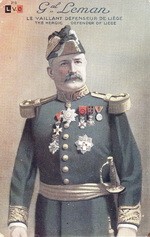 |
 | Georges Lemmens was alderman in 1881. He was killed in 1918 on the battlefield of de Panne, where he served as a volunteer with the Carabiniers. | |
 | GOIRIS Antoine Joseph (° Leopoldsburg 09-07-1882 - † Ektshie (Equator) 17-09-1905) Goiris was an agent of ABIR (Anglo Belgian Indian Rubber Company). | |
 | Guido Gezelle (Bruges May 1 1830 – Bruges November 27 1899) Belgian Dutch-speaking writer. He was one of the most important figures of the modern lyrics. He grew up as a gardeners son in a country side near Bruges. He carried inside of him the contradictory features of his cheerful, well-spoken father and his introvert, hyper-sensitive and scrupulous devouted mother. In 1854 he became a priest, ordained and appointed teacher in the minor-seminary of Roeselare, where he as a semi-paying pupil, burdened with porter service and groceries , made it through the higher humanityclasses (1846–1849) and where he had cherished the (never forfilled) dream of becoming a missionary in Great Britain. | 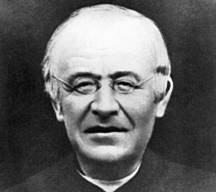 |
 | Hendrik Conscience (Antwerp December 3, 1812 – Elsene September 10 1883) was a Belgian Dutch-speaking writer. He became internationally famous. |  |
 | Henri Van Gompel was born in Leopoldsburg on November 3, 1919. He died of typhoid in the Czech concentration camp ‘Theresienstadt’ on May 10, 1945. | 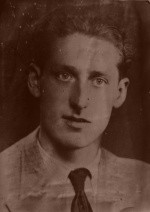 |
 | Herman Bijnens was the second mayor of Leopoldsburg (08/08/1872 tot 18/05/1873). He was born on September 11, 1831 and died on May 18, 1873. | |
 | This street, which is only a hundred meters long, was named after the very nearby Military Hospital . | 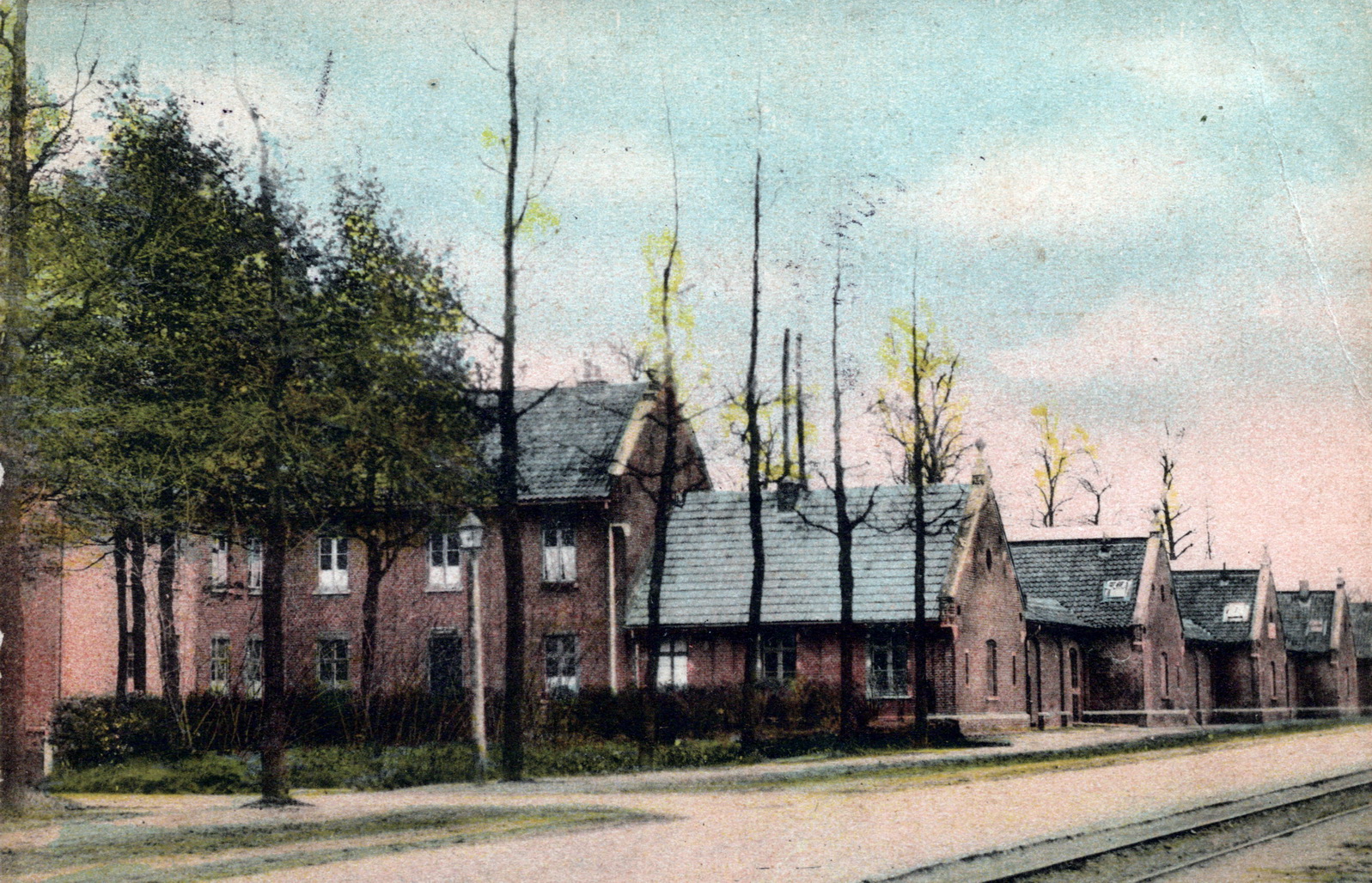 |
  | Serafien Jacolet was born in Diest on January 27, 1822. She remained unmarried and became 95-years old. She, daughter of an family of small businessmen of Diest which settled down in Leopoldsburg, gave all her properties of Leopoldsburg to The Commission of Public Support after a dispute about a will. For this welcome donation the villgae showed its gratitude in 1917 by naming a street after her. Serafien left the village about five houses and 6 acres of ground. Two houses in the Koningsstraat, a house on the Koning Albertplein (the former tax-collector’s office); an other house on the same square and a farm-house with surrounding grounds. The value of the total of properties was at that time estimated at 46.650 belgian franks. She never lived in Leopoldsburg herself. | |
 | Oscar Jespers, born in Borgerhout on May 22 1887 and deceased in Sint-Lambrechts-Woluwe on December 1 1970, was a belgian sculptor. He was the brother of the painter Floris Jespers and went to the Academy and the Hoger Instituut voor Schone Kunsten in Antwerp. In 1927 he settled in Brussels and became teacher at the Hoger Instituut voor Architectuur en Sierkunsten (Ter Kameren, Brussels). From 1949 to 1957 he was teaching in the Jan van Eyckacademie in Maastricht and in 1961 host teacher at The School of the Museum of Fine Arts in Boston. He made his debut as impressionist and went through a cubist period from 1914 to 1918. From 1920 on he was an important pioneer of the flemish expressionism. Finally he turned back to a model that was more conciliated with nature. Jespers’ work can be found in the Koninklijke Musea voor Schone Kunsten van België in Brussels, the Koninklijk Museum voor Schone Kunsten and the Openluchtmuseum voor Beeldhouwkunst Middelheim, both in Antwerp, the Museum of Modern Art in New York. | 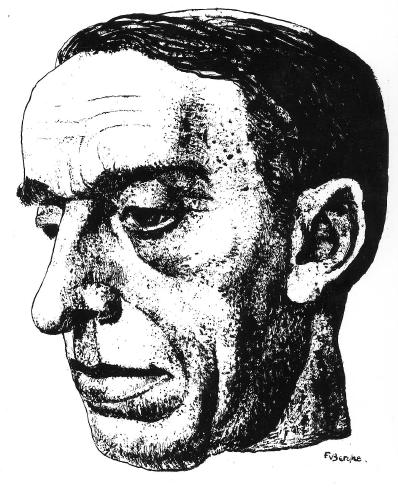 |
 | Jacobs Marie-Joseph (Mol 28-01-1861 - 1938) established himself as a brewer in 1894. In the elections of 20-10-1907, as an independent newcomer to politics, he captured the mayor's sash. He was mayor from 01-01-1908 to 06-01-1920. During the difficult war years of World War I, he obtained loans from private individuals to obtain the necessary funds to pay out personnel and families who stayed behind, in order to meet their living needs. | 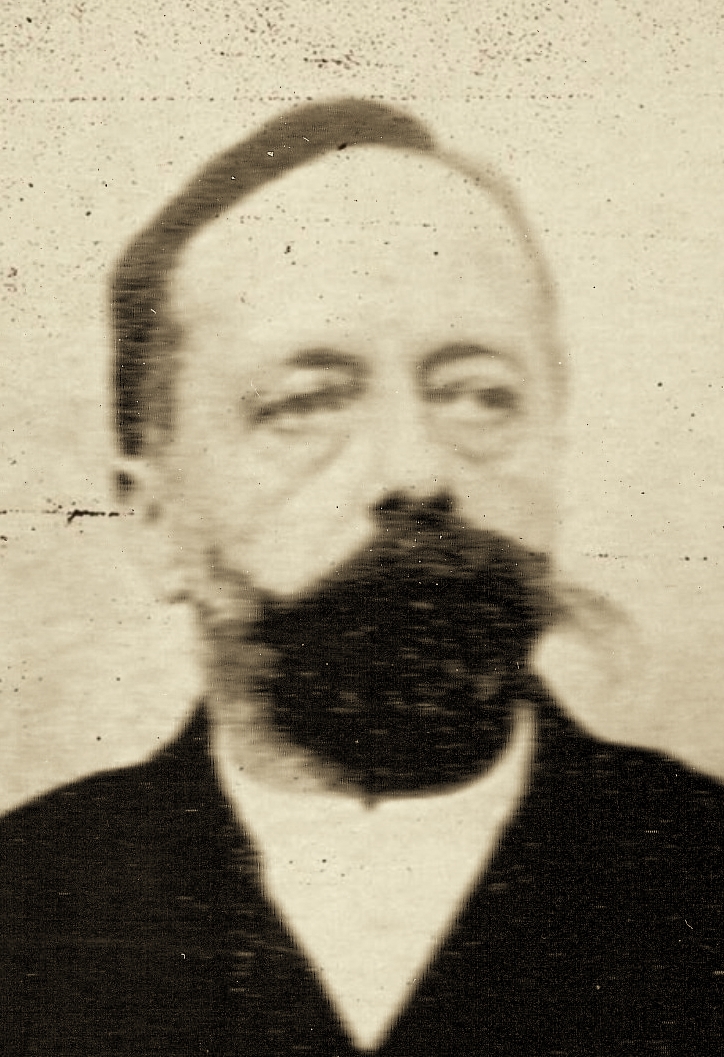 |
 | After a hurricane had destroyed the first parish church on the military domain, a new church was inaugurated in November 1843, just outside the domain. This church was build in a neoclassical style and had place for just 300 persons. This was not nearly enough for the numerous soldiers. In 1906, after the new church (OLV Tenhemelopnemingkerk) was build, the little church was sold. It was used as a storage facility. In 1924 it was sold again to the sisters ‘karmelietessen’, who are still using the chapel today. The monastery, which was build next to thecahpel, is being used since 1924. The foundation was realised under impuls of priest Poppe who at that time was also the spiritual director of the Centre d’ Instructions de Brancardiers et d’ Imfirmiers (C.I.B.I.). Mother (Mère) Jeanne de la Croix was the first prioress. More info can be found in this article. |  |
  | Albert I, Albert Léopold Clément Marie Meinrad (Brussels April 8 1875 – Marche-les-Dames February 17 1934), third King of Belgians. He was entitled to the crown since his brother Boudewijn had died in 1891. On December 23 1909 he succeeded his uncle Leopold II – he was the first king to take the constitutional oath in both vernacular languages. Albert found death while climbing a hill. He was married to Elisabeth on Oktober 2 1900, duchess of Bavaria, who gave him three children: Leopold, later to be Leopold III (November 3 1901), Karel, who became regent in 1944 (Oktober 10 1903) and Marie-José (August 4 1906). | 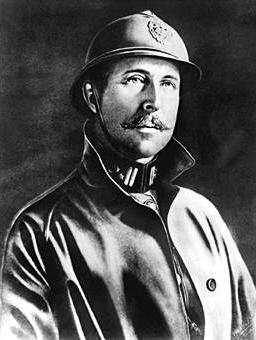 |
 | Astrid Sophie Louise Thyra (Stockholm November 17, 1905 – Küssnacht, Swiss, August 29, 1935). In 1926 she married the Belgian crown prince Leopold, later to be king Leopold III. She gave life to princess Joséphine-Charlotte (October 11, 1927), prins Boudewijn (September 7, 1930) and prins Albert (June 6, 1934). Queen Astrid was very much loved by the Belgian population. She died in a car crash. | 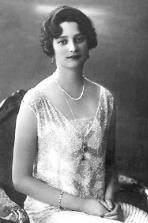 |
 | KOPS Joseph (° Leopoldsburg 11/19/1864 - † Dufile 09/07/1900). Kops served as captain in command with the Public Power in Congo. In 1898 Lieutenant Kops returns and the villager is offered a reception. | |
| Leonard Mees was the eighth mayor of Leopoldsburg (1923 until 1927). He was born in Testelt on November 23, 1863 and died in Leopoldsburg on September 8, 1931. | 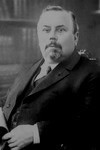 |
|
| Henri Joseph Leonard was the third (October 21 1873 until 1885) and fifth (March 12 1891 until March 5 1898) mayor of Leopoldsburg. He was born in Rochefort on August 24, 1821 and died in Leopoldsburg on March 5, 1898. | 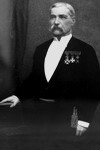 |
|
 | The most beautiful avenue of Leopoldsburg was inaugurated, by King Boudewijn in 1985, and was named the Koning Leopold III-laan, to honour heis deceased father.Leopold III, complete: Leopold Filips Karel Albert Meinrad Hubertus Maria Miguel (Brussels November 3, 1901 – Sint-Lambrechts-Woluwe September 25, 1983), fourth king of Belgians (1934–1951), oldest son and throne continuator of King Albert I, from the House of Saksen-Coburg-Gotha. On November 8, 1926 he married prinses Astrid of Zweden (died in 1935).In 1941 Leopold married Lilian Baels. The notice of that marriage caused a lot of constirnation with the people. On July 16, 1951 he definitely stepped awau from the throne in favour of his son Boudewijn, but he kept the title of king. | 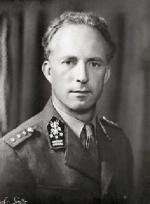 |
 | Louis Napoleon Lecocq was the ninth mayor of Leopoldsburg (January 1927 until April 21 1938). He was born in Leopoldsburg on April 21 1865 and died in Leopoldsburg on April 21, 1938. | 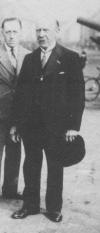 |
  | The French general Ferdinand Foch was commander of the Allied troops at the Western front, during the last part of WW I. Foch was chosen, by the allieds, to be supreme commander of the Allied troops, after the German offensive in 1918 and launched a whole number of counter-offensives which ultimately lead to the victory. | 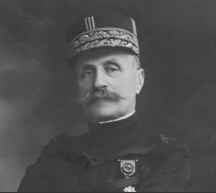 |
 | Marcel Torfs was born in Leopoldsburg on June 14, 1921. During WW II he was deported to Germany. He died in Camp ‘Büchenwald’ on March 19, 1945. | 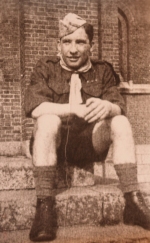 |
 | The mill was build in 1846 by the contractor Pieter Bemindt- Annemans. The mill was in action until 1935, then the sails were removed. From that point all, all activity in the mill was suspended. More info can be found in the article about the mill. | 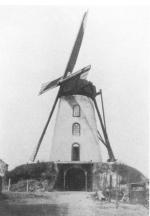 |
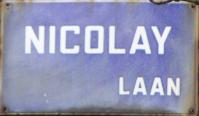 | The person to whom the avenue was called is a certain Ferdinand Nicolay. He was born on April 30, 1770 at Stavelot. He died in Brussels on Oktober 15, 1854. He never lived in Leopoldsburg, it’s not even certain that he ever staid in the village. The local archives are very unclear about this man. | 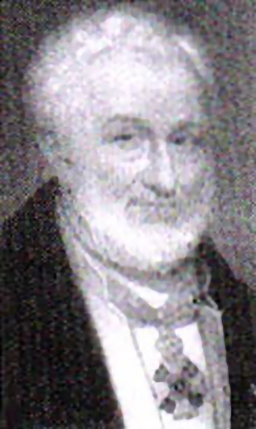 |
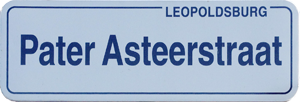 | Father Asteer was born on July 20 1914 in Weelde as Gust SELS. He died at Leopoldsburg on November 25 1999. He build the church of Strooiendorp and would be a priest there for 46 years. You can find out more about father Asteer in this article. | 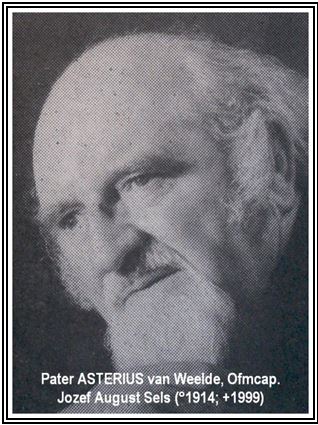 |
 | Priester Edward Poppe (1890 – 1924) was since 1922 de spiritual leader of the ‘Centre d’Instruction pour Brancardiers Infirmiers’ (Instruction Centre for Nurses) (C.I.B.I.). The C.I.B.I. was set up in Leopoldsburg so clergymen, who since 1921 had to fulfill military service, could follow the course of nurse. In 1924 he founded the Convent of ‘Karmel’. Priest Poppe was beatified on Oktober 3, 1999 . You can find more about Priest Poppe on an other website: click here | 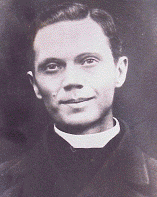 |
 | Romain Defeuter was born in Gent on September 18, 1901. With Marie-Louise Van Gaever he ran a pub, called ‘de floralie’ in the Koningstraat (Kingstreet). He was a member of the voluntary fire-department and later he became deputy officer of the police of Leopoldsburg. During the war he united with the resistance movement ‘Bayard’. He was arrested by the Gestapo and shot in Antwerp on June 1944. At the side-façade of the town hall a bronze memorial plaque was put to honour this brave fireman and policeman. | 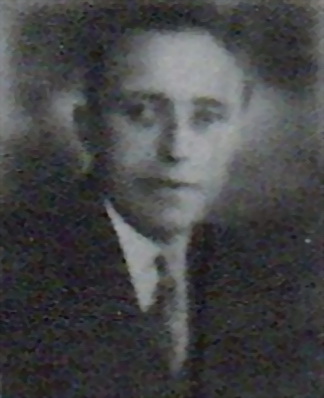 |
 | Pieter Paul Rubens, born in Siegen, Nassau on June 28 1577 and deceased in Antwerp on May 30 1640. Rubens was a painter, drawer and diplomat, son of the lawyer and councillor Jan Rubens and Maria Pypelinckx. | 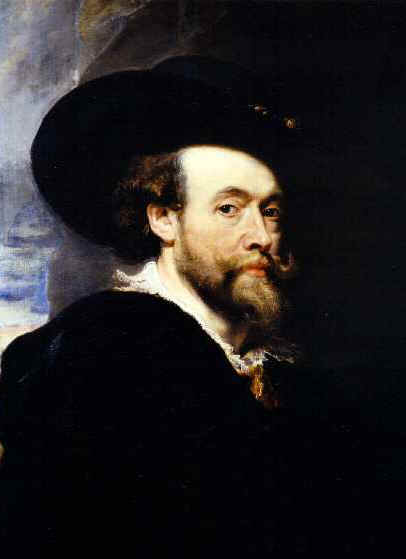 |
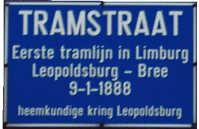 | In 1888, 10 years after the first train, the first steam-tram drove from Bourg-Léopold to Bree. 2 years later there was also an connection with Maaseik. The first tramline was put next to the ‘iron road’. This made Leopoldsburg an important junction on the tramline Beringen-Maaseik and on the railway Diest-Mol. | 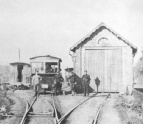 |
 | Hubert Anselme Vander Elst was the first mayor of Bourg-Léopold (18/12/1850 until 24/11/1871). He was born in Meerhout on January 27, 1809 and died in Leopoldsburg on November 24, 1871. His main merits were, besides the expansion of the village, also the organisation of education, the construction of metalled roads and the improvement of public health. | 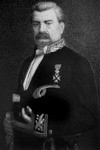 |
 | Antoon van Dyck was born in Antwerp on March 22 1599 and deceased in London on December 9 1641. Van Dyck was a painter and a etcher. With Rubens and Jordaens he made part of the painting school of Antwerp in the 17th century. | 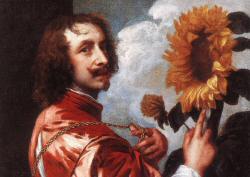 |
 | Victor Lemmens, born in Koersel on September 18, 1900, died in Brussels on October 8, 1942 as a victim of the nazi-regime. An interesting newspaper article can be found in this article. | 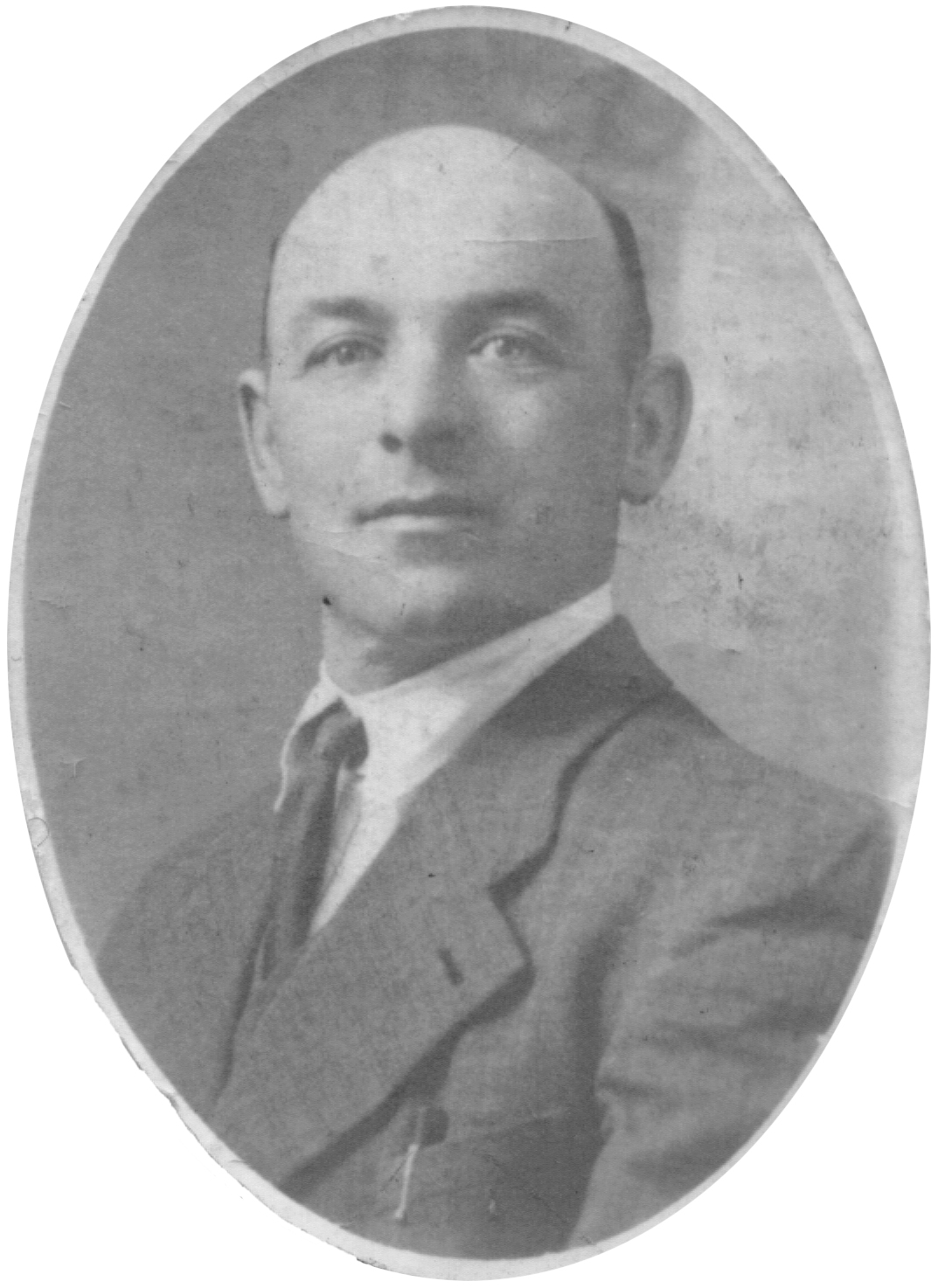 |
 | Victor Swerts, born in Anseremme on September 9, 1886, died in the prison of Sint-Gillis (Brussels) on March 18, 1941 as a victim of the nazi-regime. | |
 | Between 1922 and 1942, Leopoldsburg had 2 velodromes. The environment of the velodrome was completely coordinated to provide riders and the public with every comfort. More information about the cycling tracks of Leopoldsburg can be found in this article. | 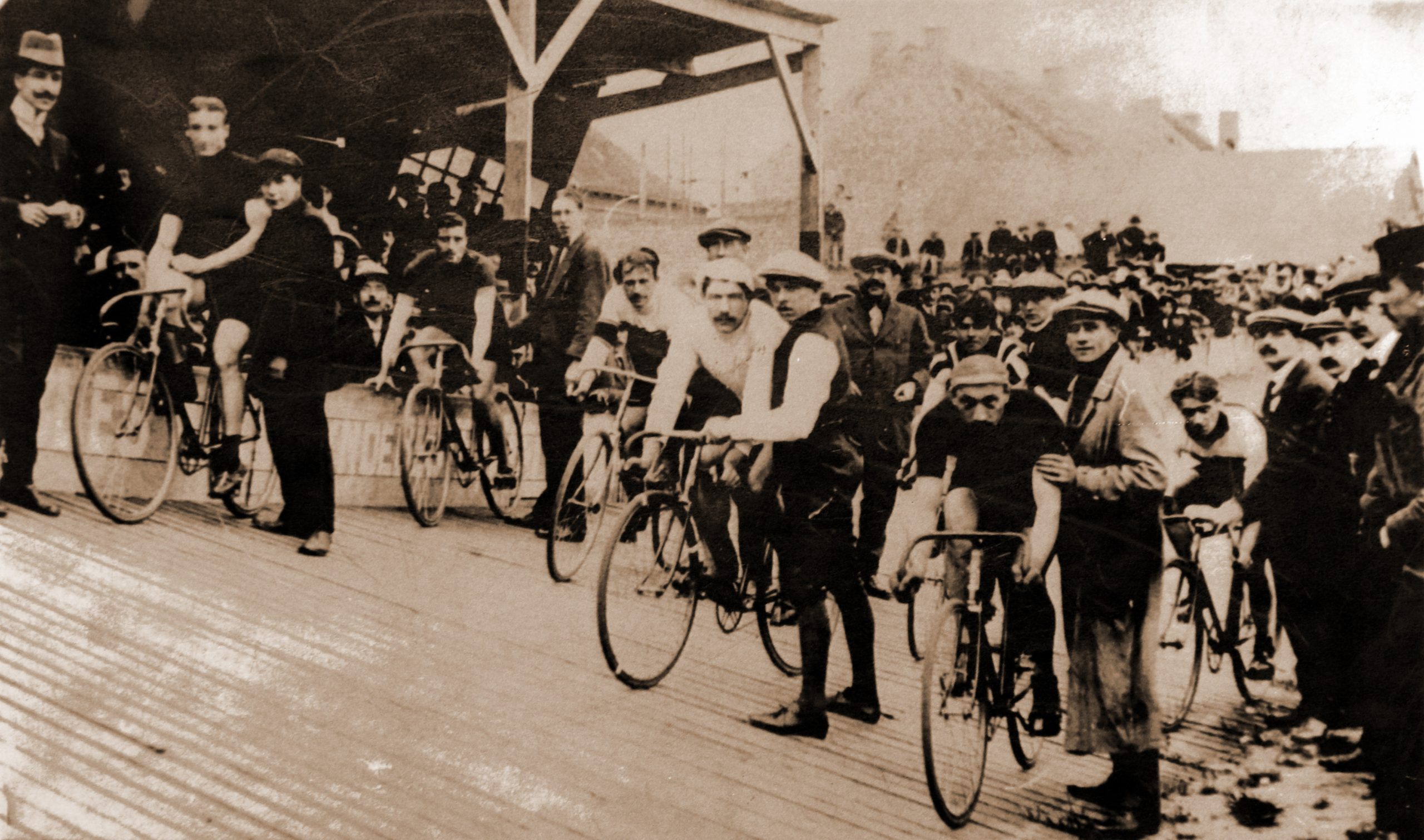 |
Street name | Information | _____________ |
This article is also available in
![]() Nederlands
Nederlands
